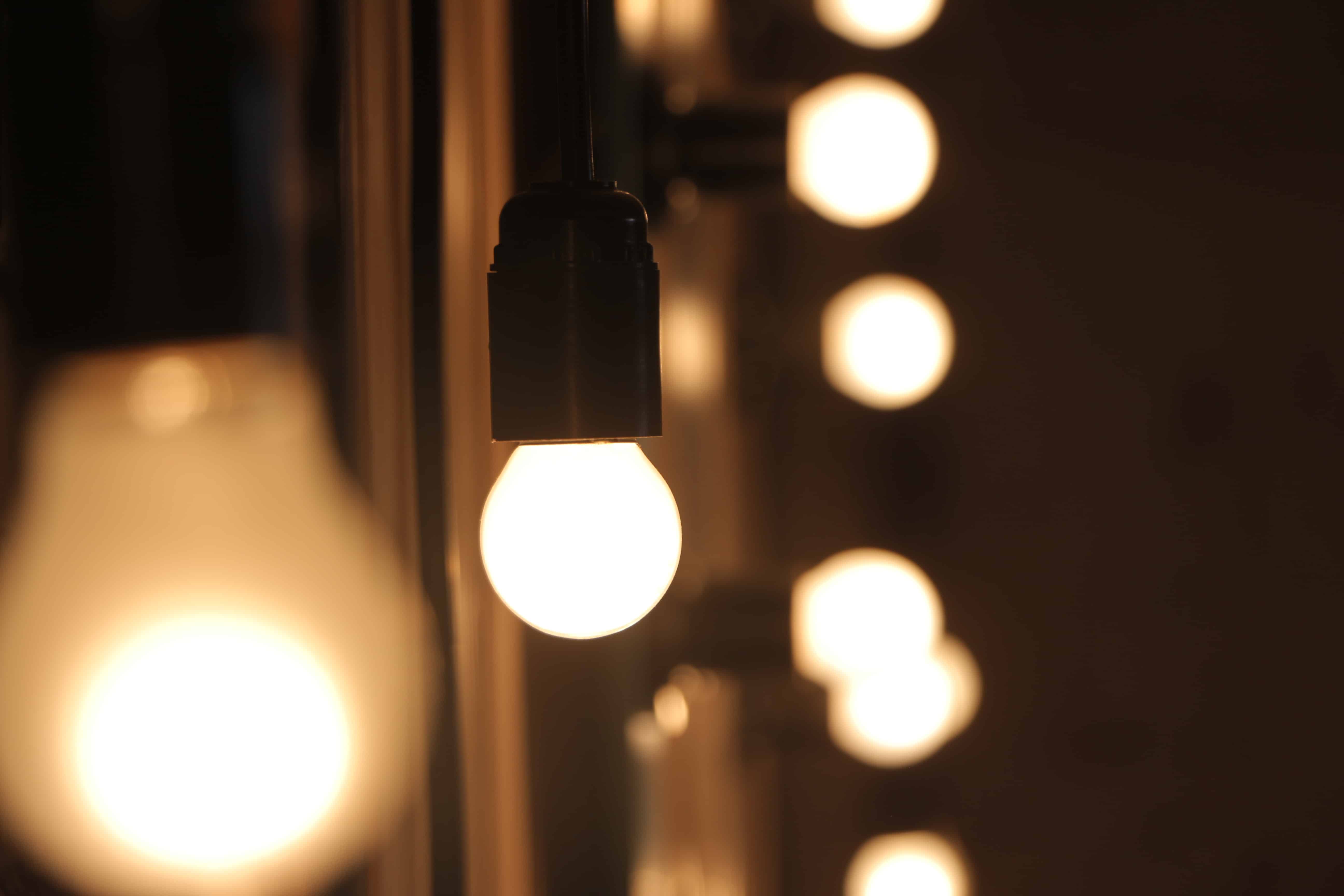Optimize Senior Care with 9 LED Lighting Design Tips
Thursday, October 26, 2017

LED lighting design features health, safety and cost benefits for senior living design
Are you curious about senior living architecture elements that can potentially reduce costs, improve resident well-being and increase community appeal? If so, LED lighting may be a great fit in your senior living community’s lighting design.
Lighting design’s multi-faceted impact on senior living architecture
As senior living community leaders consider operational costs and resident health, LED lighting may be a beneficial senior living design option. As we age, our eyes become more sensitive to glare and light variations because the pupil becomes less responsive, and the eye lens looses elasticity. The Lighting Research Center reports that these vision changes cause older adults to require approximately 70 percent more light to see objects that were readily visible earlier in life.
Aging eyes not only require more light, they also require better focused light in specific color tones. Over time, the eye lens yellows, making cooler colors like blue, green and violet become difficult to see. 2,900 to 3,500 Kelvins is light output recommendation for senior living communities. Not only does LED lighting meet this guideline, it also provides use flexibility in the form of dimming and color tones.
LED lighting design benefits
Senior health and lighting design
Advances in lighting design now allow senior living communities to mimic natural light and light/dark patterns. Multiple studies have demonstrated the benefits of natural lighting on senior health. For example, a study published in the U.S. Library of Medicine showed that consistent light/dark patterns improved sleep and decreased agitation among residents with Alzheimer’s disease and related dementias. Other studies also linked quality, natural lighting to reduced headaches, nausea, mood disorders, sleep disruption and stress. LED lighting often works well in natural lighting design because of color control and brightness options.
A light color rendering of CRI 80+ is always recommended for senior vision. Communities utilizing light tones that meet resident needs can also expect increased satisfaction as residents view spaces lit to 80+ CRI as more attractive than traditional fluorescent lighting.
Senior living community safety
Well-placed supplementary lighting helps residents get in and out of bed and around their space comfortably. It also provides increased fall protection. Illuminating handrails, floors, stairs and doorways with LEDs helps residents gain confidence navigating their spaces while maintaining natural lighting health benefits. The entire community benefits from these lighting enhancements as nighttime staff complete work safely and efficiently with less disruption to residents.
LED lighting operational cost considerations
LED is known to reduce overall operational costs because the technology requires less electricity to provide more focused light. While power needs are reduced, community managers also need to consider material costs. LEDs can reduce light bulb material costs thanks to some models with a 50,000-hour (8-9 year) lifespan. However, Senior Housing News reports that LED fixtures can cost one and a half to two times as much as standard fixtures.
Watch out for less expensive LED fixtures that are designed, but not labeled, as one-and-done models. When the first LED dies, the fixture dies with it. As LED technology progresses, fewer and fewer one-use models are on the market.
Tip—Make sure your lighting design project is estimated with multi-use fixtures to save on costly changes.
LED lighting best practices
Are you considering community lighting upgrades? Use these senior living design lighting best practices to save time, costs and frustration.
- Not all locations and fixtures are a perfect fit for LED (i.e. spaces where the lights aren’t on all day provide less ROI).
- Multi-use spaces are great LED candidates thanks to dimmer compatibility. Lighting needs vary by use, and LEDs can provide the right lighting for a yoga class or a game night without changing spaces.
- Consider how LED lighting can be used in transitional spaces to provide consistent lighting for the senior eye.
If you want to discuss how senior living architecture and design elements, including lighting design, can maximize resident health while saving costs, contact our Community Living Solutions team at 920-969-9344.
Search Blog
Categories
Archives
- August 2023
- April 2023
- February 2022
- March 2021
- February 2021
- April 2020
- January 2020
- December 2019
- November 2019
- July 2019
- April 2019
- March 2019
- February 2019
- January 2019
- November 2018
- September 2018
- August 2018
- July 2018
- June 2018
- May 2018
- April 2018
- March 2018
- February 2018
- January 2018
- December 2017
- November 2017
- October 2017
- September 2017
- August 2017
- July 2017
- June 2017
- May 2017
- April 2017
- March 2017
- February 2017
- January 2017
